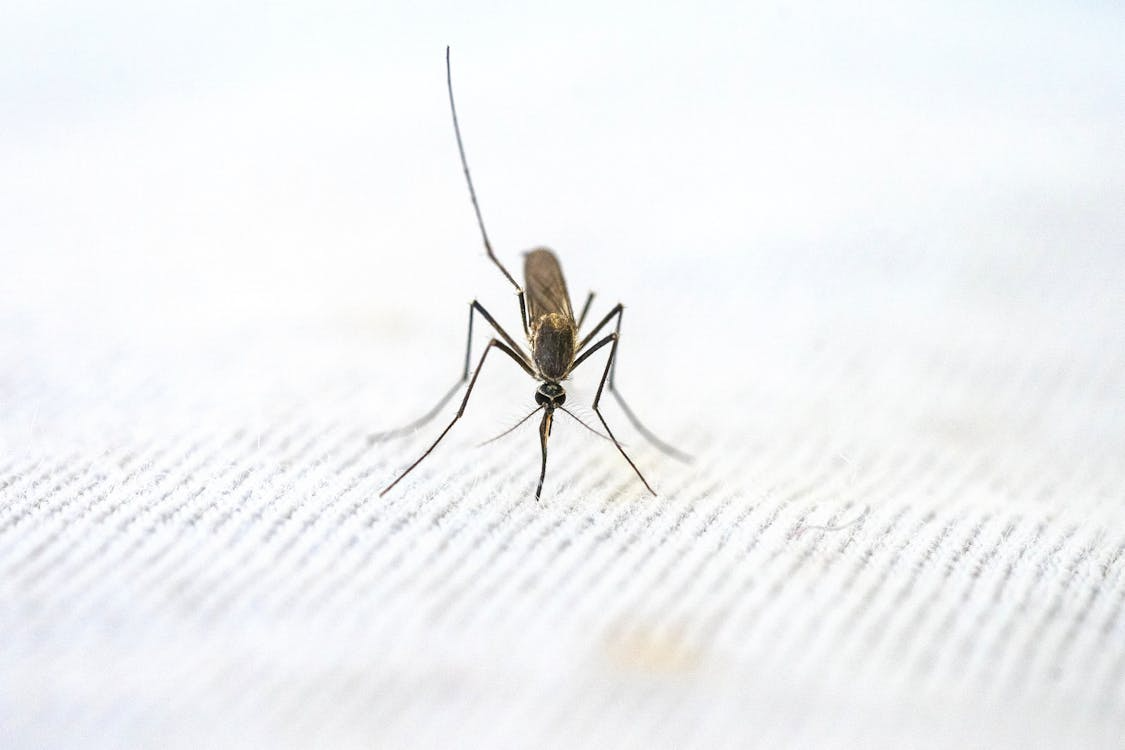As of July 1, Florida students are prohibited from using cell phones and wireless devices in school due to House Bill 379. The bill also restricts the use of social media and other platforms on district provided devices and Wi-Fi.
District school boards across the state have the liberty of deciding how they want to implement the new rules. The School District of Osceola County (SDOC) decides, “the cell phone or device may only be used by a student before… and after regular school hours. Lunch time is considered as school hours.”
The few exceptions to this rule are when a teacher directs students to use their devices for academic purposes; if the school has been notified, students may use their phones to monitor medical conditions. In the case of a school-wide emergency the rules will not be enforced.
SDOC’s device limitations are more extensive compared to school districts like Brevard Public Schools (BPS). “Students are permitted wireless device use before first period, during class change time, during lunch time, and after school,” says BPS. Their understanding of HB 379 is similar to students who agree that lunch is not considered “instructional time” as stated in bill.
DeSantis says, “let’s have our education system be as much about traditional education as we can.” The fact is that today’s “traditional education system” implements the use of technology on the regular. Many students who take classes on FLVS or Dual Enrollment need their personal devices to get through online classes. Teachers and Professors use websites in their classes that district provided devices do not open. FLVS discussion-based assessments are held over the phone or through Zoom, and online college classes conduct Zoom meetings and use Chrome Honorlock Extension to ensure student integrity. Despite the necessity of both databases for educational purposes, they are blocked on district devices.
Students are accustomed to checking Teams, Canvas, and Remind for important updates that their school and teachers post. They are more likely to see updates on a cell phone because it is easier to pull out of their pocket and check than a school laptop.
Parents are concerned because they can no longer directly contact their children on mobile devices. All parent calls will be made to the school office. In the case of an emergency staff will bring students to receive the call, while non-emergency messages will be relayed to the student. SDOC adds, “A parent reserves the right to not share the subject matter of the call no matter if it’s an emergency or not.”
Complete prohibition of devices implies that students are not responsible enough to manage themselves. These rules make students create new methods of using their phones without being caught instead of learning when, where, and how they can use them. Teaching students how to properly use their devices in school is a better way of reinforcing appropriate behavior. And if a student uses their device inappropriately, the Code of Student Conduct explains that the school principal will use their professional judgement to determine the consequences.







